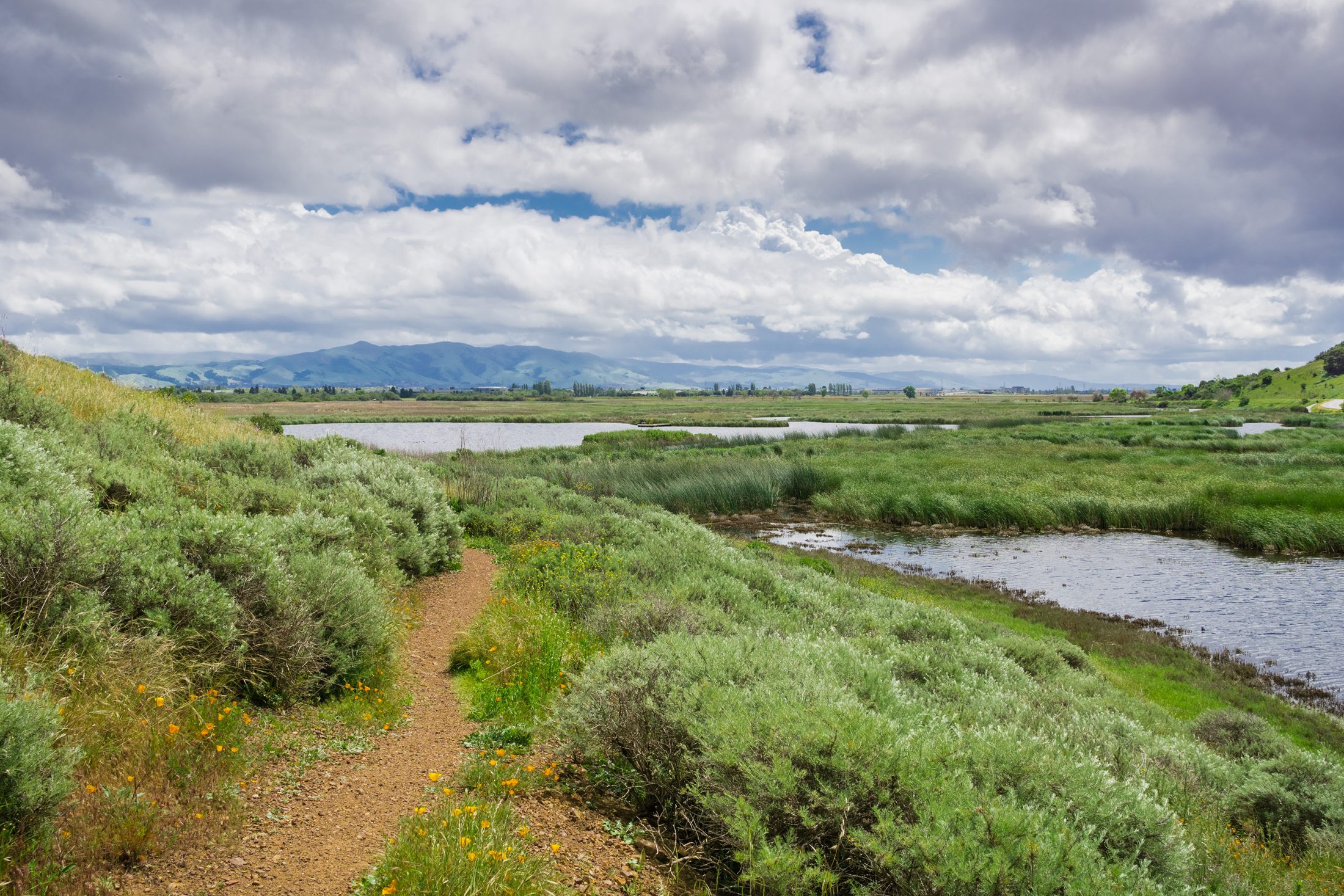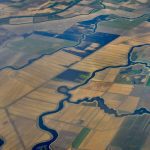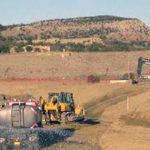- EPA released a proposed rule redefining waters of the United States.
- The proposal follows the Sackett decision from the Supreme Court.
- Supporters say the rule adds clarity and reduces regulatory burdens.
- Critics argue the proposal weakens key Clean Water Act protections.
- Public comments will be accepted for forty-five days.
- States and tribes are expected to play a larger regulatory role.
Tuesday, November 18, 2025 –– The Environmental Protection Agency and the U.S. Army Corps of Engineers released yesterday a long-anticipated proposal to update the definition of “waters of the United States,” often known as WOTUS. The announcement followed years of shifting interpretations under multiple administrations and the 2023 Supreme Court decision in Sackett v. Environmental Protection Agency, which narrowed federal authority over many wetlands.
followed years of shifting interpretations under multiple administrations and the 2023 Supreme Court decision in Sackett v. Environmental Protection Agency, which narrowed federal authority over many wetlands.
Administrator Lee Zeldin said the proposal would provide “a clear and practical” approach to identifying federally regulated waters. He emphasized reducing uncertainty for farmers, landowners, developers and energy producers, who have long argued that changing definitions created unnecessary legal risk.
said the proposal would provide “a clear and practical” approach to identifying federally regulated waters. He emphasized reducing uncertainty for farmers, landowners, developers and energy producers, who have long argued that changing definitions created unnecessary legal risk.
The rule lays out new definitions for terms such as “relatively permanent,” “continuous surface connection,” and “tributary.” Wetlands would fall under federal jurisdiction only when they physically touch jurisdictional waters and retain surface water for a consistent part of the wet season. The proposal also preserves exclusions for prior converted cropland, certain ditches and waste treatment systems, while adding a new exclusion for groundwater.
Support From Agriculture and Industry.
Agricultural groups responded positively. The American Farm Bureau Federation said the rule “protects critical water sources while respecting the efforts of farmers.” The National Cattlemen’s Beef Association
said the rule “protects critical water sources while respecting the efforts of farmers.” The National Cattlemen’s Beef Association added that the update “finally addresses long-standing concerns” about small or isolated features being regulated as if they were major waterways.
added that the update “finally addresses long-standing concerns” about small or isolated features being regulated as if they were major waterways.
Industrial groups offered similar praise. The National Association of Manufacturers  said the proposal “brings certainty and predictability,” noting that manufacturers rely on consistent permitting standards when planning new construction. The American Road and Transportation Builders Association
said the proposal “brings certainty and predictability,” noting that manufacturers rely on consistent permitting standards when planning new construction. The American Road and Transportation Builders Association also welcomed the update, stating that “a roadside ditch is not a navigable waterway.”
also welcomed the update, stating that “a roadside ditch is not a navigable waterway.”
Americans for Prosperity highlighted the connection between the definition and national energy policy, describing the proposal as “a giant step forward to unleashing American energy abundance.”
highlighted the connection between the definition and national energy policy, describing the proposal as “a giant step forward to unleashing American energy abundance.”
Concerns From Environmental and Conservation Groups.
Environmental organizations expressed significant concern. Waterkeeper Alliance warned that narrowing the definition of WOTUS “threatens water quality across the United States,” arguing that fewer streams and wetlands would receive federal oversight. The group noted that many of the affected waters support drinking water supplies, fisheries and recreation.
warned that narrowing the definition of WOTUS “threatens water quality across the United States,” arguing that fewer streams and wetlands would receive federal oversight. The group noted that many of the affected waters support drinking water supplies, fisheries and recreation.
The League of Conservation Voters called the proposal the “Polluted Water Rule” and said the approach “jeopardizes the waters that families and communities rely on.” The National Wildlife Federation
called the proposal the “Polluted Water Rule” and said the approach “jeopardizes the waters that families and communities rely on.” The National Wildlife Federation stated the new criteria would “protect fewer streams and wetlands than at any point since 1972,” potentially raising water treatment costs and increasing flood risks.
stated the new criteria would “protect fewer streams and wetlands than at any point since 1972,” potentially raising water treatment costs and increasing flood risks.
The Environmental Defense Fund said the rule could leave large portions of non-tidal wetlands without federal protection, citing its own scientific review. The organization argued that requiring wetlands to contain surface water for the entire wet season “has no scientific basis” and that the change may leave states with insufficient safeguards.
said the rule could leave large portions of non-tidal wetlands without federal protection, citing its own scientific review. The organization argued that requiring wetlands to contain surface water for the entire wet season “has no scientific basis” and that the change may leave states with insufficient safeguards.
Growing Role for States and Tribes.
Federal officials said the proposal supports cooperative federalism by recognizing the authority of states and tribes to manage many local water features. Some state representatives raised concerns about this shift. During listening sessions earlier this year, state officials noted that reduced federal jurisdiction could limit the ability of states to review federal projects under Clean Water Act section 401 certifications.
by recognizing the authority of states and tribes to manage many local water features. Some state representatives raised concerns about this shift. During listening sessions earlier this year, state officials noted that reduced federal jurisdiction could limit the ability of states to review federal projects under Clean Water Act section 401 certifications.
Next Steps and Public Input.
The proposal will be published in the Federal Register and will be open for public comment for forty-five days. Two hybrid public meetings will be held. After reviewing comments, EPA and the Army Corps plan to issue a final rule. Once finalized, it would generally take effect sixty days after publication.
and will be open for public comment for forty-five days. Two hybrid public meetings will be held. After reviewing comments, EPA and the Army Corps plan to issue a final rule. Once finalized, it would generally take effect sixty days after publication.
FAQ
What is WOTUS?
It is the term used in the Clean Water Act to describe which waters fall under federal jurisdiction, including rivers, lakes and certain wetlands.
Why does the definition matter?
The definition determines when federal permits are required for construction, farming, dredging, or other activities that may affect surface water quality.
What triggered the new proposal?
The Supreme Court’s 2023 Sackett decision limited federal authority over wetlands. Agencies said earlier definitions no longer aligned with the ruling.
How would wetlands be evaluated?
Under the proposal, wetlands must have surface water for a consistent part of the wet season and must physically touch a regulated waterbody.
Who supports the proposal?
Many agricultural organizations, industry groups and transportation advocates support the update for providing clarity and reducing regulatory burdens.
Who opposes the proposal?
Environmental groups and several conservation organizations argue it weakens water protections, increases pollution risks and reduces federal oversight.
What happens next?
A forty-five-day comment period will begin once the proposal is published. After reviewing comments, EPA and the Army Corps will develop a final rule.





